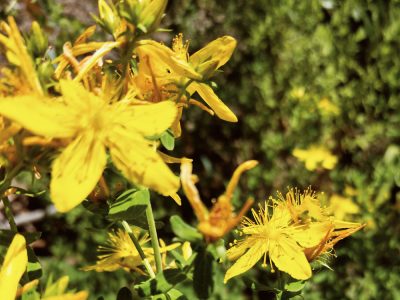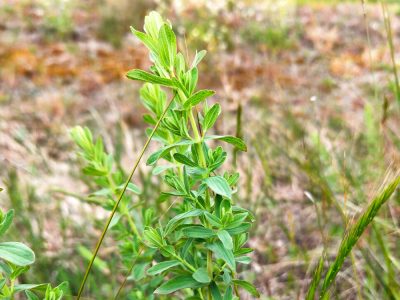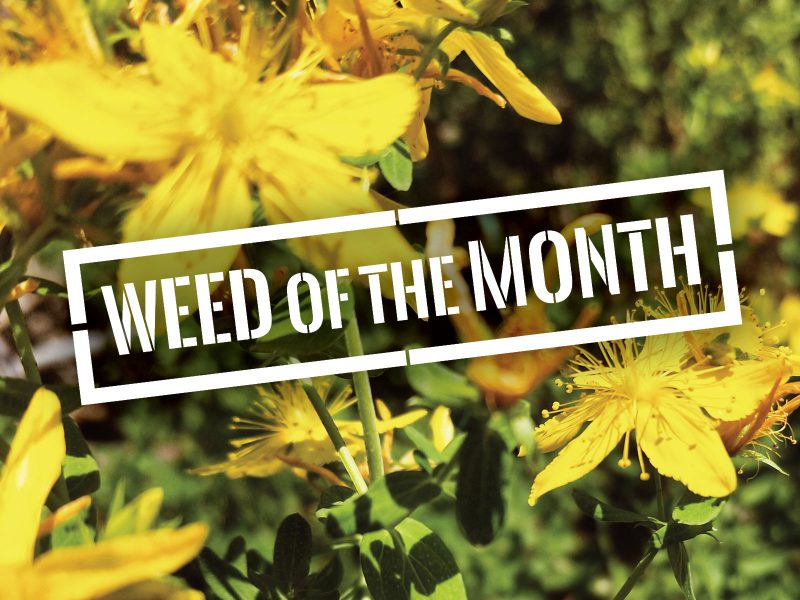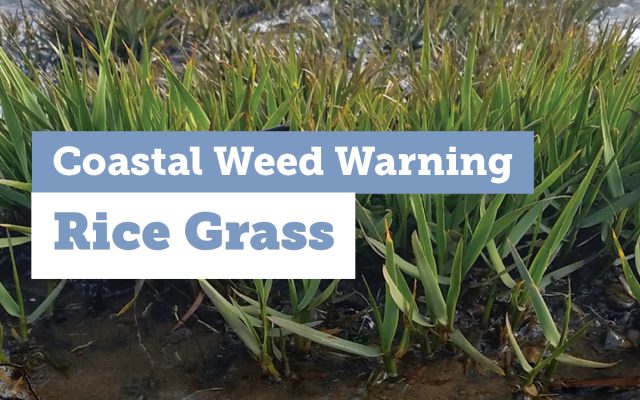Weed of the Month (November): St John’s Wort
St. John’s wort was first introduced to Australia in 1875 as a garden plant with medicinal properties. Today it ranks as one of the worst pasture weeds in southern Australia.
This aggressive invader of pasture and grasslands outcompetes native and introduced vegetation, forming dense stands that stop other plants from growing. Its sticky seeds are easily spread on animal fur, clothing, and on contaminated machinery, and can stay viable in the soil for up to 20 years.
Despite its medical uses, the toxins in St. John’s wort cause a range of illnesses in livestock, leading to loss of productivity and eventually to the death of affected animals that may become poisoned through grazing directly on the plants, or consuming them in contaminated hay.


Have you seen it?
- Upright herb that can grow to 120cm tall
- Leaves and branches are arranged opposite each other on stems
- Flowering occurs between October and March
- Bright yellow flowers with five petals, black dots can be seen on petal margins
- When mature, flowers form sticky capsules that split open when ripe, releasing small brown seeds
In the Huon Valley, St. John’s wort is currently restricted to a few small infestations. We need your help to get rid of this weed completely.
Please report local sightings to Council:
(03) 6264 9439
nrm@huonvalley.tas.gov.au
Information on weed management, including developing your own weed management plan, can be found on our Weeds and the Huon Valley webpage.



